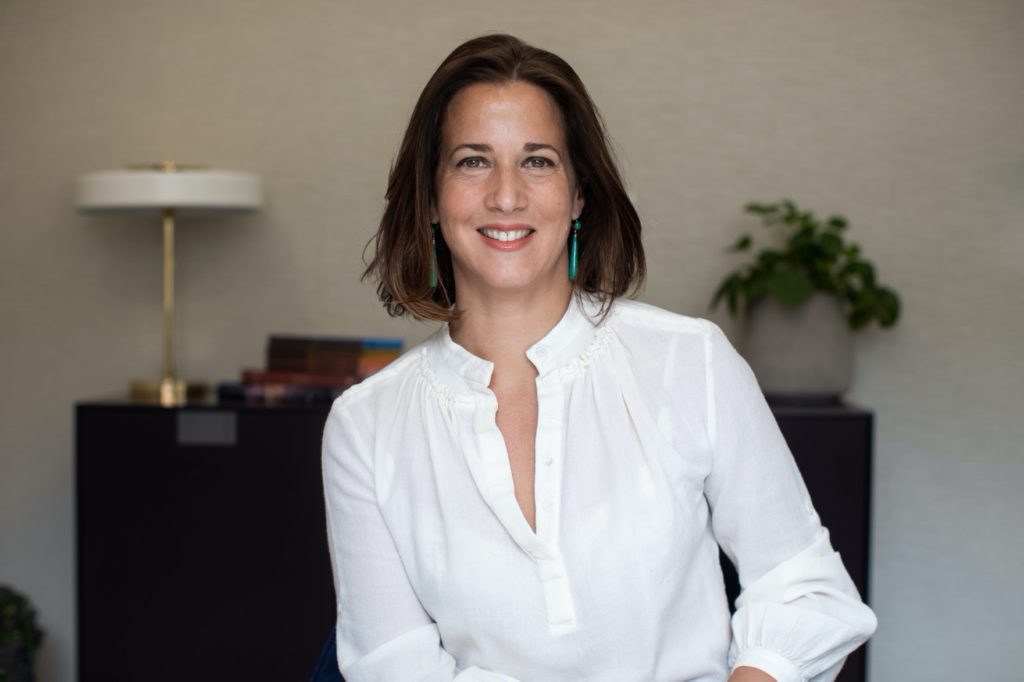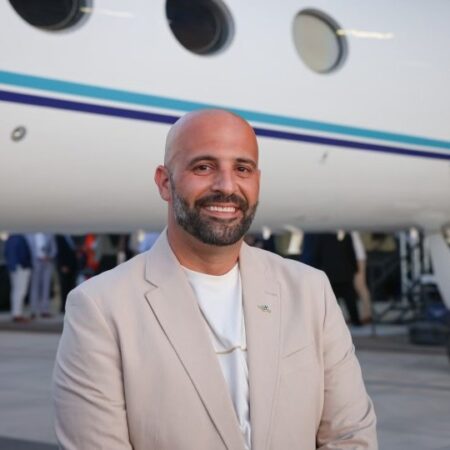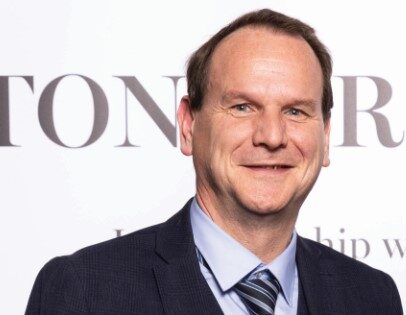Marine Eugene, Flexjet explains the company’s approach to fractional ownership in Europe.
Flexjet launched in Europe November 2020, after a delay of several months because of the Covid-19 pandemic.
Since then the fractional ownership jet company has grown quickly in Europe. This year it is adding five aircraft to its fleet of seven, including the first of two Gulfstream G650s, and three more Embraer Praetor 600s to the five it already runs. It has opened a new control center in Farnborough, UK and started expanding its activities in the rotorcraft segment. This follows a 180% increase in flight activity for the first four months of 2022 compared to 2021.
Marine Eugene, managing director – international markets joined Flexjet in October 2019 after 15 years at NetJets, where she was latterly head of European Sales. In this Q&A she describes Flexjet’s culture, the importance of sustainable growth and how the industry must live up to its responsibilities regarding its environmental impact.
Q: What was behind the decision to launch Flexjet in Europe?
Flexjet is already the leading fractional ownership company in the USA. It has all the benefits of fractional ownership, with a strong personality and a reputation for providing attention to detail. It’s not a big corporate giant, but it’s still very personable. We decided that formula would also succeed in the European market.
In the USA, 30% of private flights are fractional, in Europe it is 10%. The market is Europe is going to mature, and we felt like there is space for an offering like Flexjet’s.
Q: Why did Flexjet acquire PrivateFly?
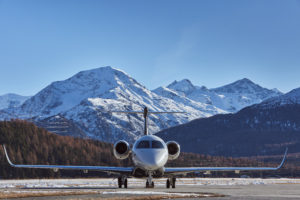
Our chairman Kenn Ricci, who is also principal of Directional Aviation first started looking at what was next in terms of development overseas in around 2017. His first move was to buy AOCs in the UK and Italy so he could certificate and operate aircraft in Europe. At the end of 2018 he bought PrivateFly, to bring demand to the fleet.
Directional Aviation has a vast portfolio of brands, including Sentient Jet, FXAir and Skyjet. But when you are working out an approach to a market like Europe, buying a charter operator and broker is a great way to get a lot of data. Plus, PrivateFly has a very strong digital brand.
We have repositioned the group to ensure that every step along the way, PrivateFly is aligned to support the growth of Flexjet’s fractional fleet in Europe.
Q: What signal does almost doubling your fleet to 12 aircraft give the market?
That we are confident but careful. We are not over committing and growing the fleet to 70 aircraft overnight. We are growing organically.
There is a treasure chest – we have the means to fuel growth externally with acquisitions if required, but our chairman didn’t find any external growth opportunities in the market that made sense for us.
Also, when you acquire different certificates and a different fleet bringing them into your eco-system and giving them your company culture can be complicated. Growing organically is more difficult but means we can make sure we hire the right talent and choose the right aircraft.
Q: Why did you choose the Praetor 600 for your fleet?
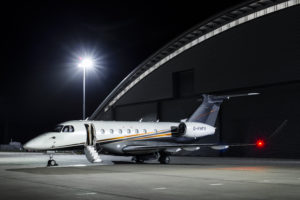 The aircraft gives us a competitive advantage. Our competitors all operate Challengers. There’s nothing wrong with the Challenger, we operate a lot of them in the USA and love them. But in Europe we felt the marketplace needed something different.
The aircraft gives us a competitive advantage. Our competitors all operate Challengers. There’s nothing wrong with the Challenger, we operate a lot of them in the USA and love them. But in Europe we felt the marketplace needed something different.
The value for money and the features of the Praetor 600 just felt right. We love the range – 4,600 miles (7,400km) means you can fly Dubai to London, or London to New York anytime. It has a clean sheet design with a flat floor, Ka-Band connectivity, very low cabin altitude and fantastic aircraft performance. We were also the launch customer for the Praetor 450 in the USA, so we already knew that Embraer are a great partner. Our pilots and crews are delighted with the aircraft. The aircraft does much more and performs better than what it says on paper.
Q: Do you have plans to acquire more aircraft?
There will be no crazy announcements about fleet size within the next two years. We want to scale up, but we don’t want to lose the culture that makes Flexjet such a great company.
Q: Can you describe Flexjet’s culture?
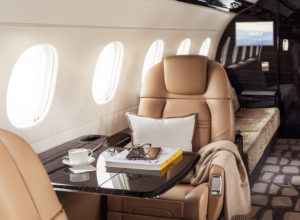 There is a lot of trust between employees and management. For example, Flexjet employees are not unionized. The employees voted not to have a union because they are happy – the relationship with management is that strong. We need to sustain that trusting and respectful relationship. You can’t do that if you become too big, too fast.
There is a lot of trust between employees and management. For example, Flexjet employees are not unionized. The employees voted not to have a union because they are happy – the relationship with management is that strong. We need to sustain that trusting and respectful relationship. You can’t do that if you become too big, too fast.
Q: What is your approach to employee engagement?
Employees are the core of any service company. We run each of our aircraft with five crew. That’s one of the highest ratios of any business aviation company.
We have a dedicated crewing model. A crew gets assigned to a specific aircraft. They are empowered to look after it – we trust them to make many of the decisions autonomously. Members of a crew can also manage their own schedule to a degree, if someone is away a certain weekend, they can help each other out. It isn’t a top-down heavy corporate management culture. That culture comes from the personality of our chairman and CEO.
Q: How does Flexjet’s culture help to improve customer service?
It distinguishes us in terms of the high levels of customer service the crews give. I’ve been in this industry for 20 years and catering has always been a challenge. You can fly an aircraft safely at 40,000ft, but often the toughest part is getting the food right. And now I get great feedback from our customers about our catering.
At first, I couldn’t figure out what we were doing right. Then I realized it’s because we are empowering our cabin attendants. We have hired a head of customer experience from a very good hotel. When he trains staff he tells them if they don’t like what is delivered to the aircraft before a flight – go out and buy something else. He is teaching them cocktail mixing, amazing meal presentation. That’s why catering isn’t an issue for us.
Q: Why is there less fractional ownership in Europe compared to the USA?
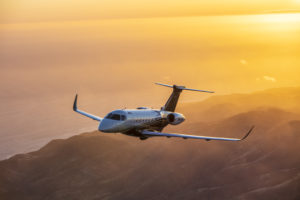 Some of it is the maturity of the market. The USA has about 20 years head start on Europe. Sometimes, people need to experience ownership first to realize how good fractional is.
Some of it is the maturity of the market. The USA has about 20 years head start on Europe. Sometimes, people need to experience ownership first to realize how good fractional is.
Taxation is another reason. In the USA, there is tax depreciation on owning aircraft which is applicable to fractional ownership, in Europe it’s not quite there yet. Certain legislation will allow you to depreciate your asset and your share, and some won’t recognize it. It depends on the country. So Europe is more complicated in terms of taxation and rules.
For many years fractional ownership was seen as an American concept that wouldn’t work in Europe. It was treated with cynicism, like new ideas and newcomers to a market often are. But if it makes sense and works, why would Europeans not embrace it? The like of NetJets has opened up the market and proved that fractional ownership is sustainable.
Q: How has the market received Flexjet?
We are careful about the demand we put on aircraft. Post-pandemic the industry has experienced phenomenal increases in demand. It’s not always easy to cope. There aren’t aircraft waiting around to be delivered and crews ready to be hired. There is a lot of planning required.
We are in a privileged situation and our chairman wants to do it right. We want to select the right fliers, and be known for having a high-end fractional product, so we restrict to a 10 member pool of access per aircraft maximum. A lot of companies out there have around 18 customers per aircraft. We don’t do cards, we only do shares and the minimum entry level is 50 hours.
Q: What is the growth potential for business aviation in Europe?
That’s a tricky question. There are ups and downs in this industry. You need to be financially strong enough to fuel growth but be prepared for a downturn too. Customer confidence, the state of the economy, scheduling from commercial airlines, all these factors drive growth in our sector. We shall see. The key is to be sustainable and relevant.
Q: How do you engage with airports and FBOs?
We see it as important to partner closely with airports and FBOs. They control the arrival and departure of
the customer.
You can have a fantastic flight experience, but if the FBO is not clean, or if they cannot supply catering, or if they do not facilitate security, or delay refueling, you are late and the customer experience is ruined. And the customer will not see any difference between Flexjet or PrivateFly and the FBO.
But we respect that it is a different business to ours. We aren’t experts in ground operations and don’t control it, so we aim to work with the best and ensure we work with our partners to grow.
Q: What happens at the Farnborough control center?
At Farnborough we have opened a control center to run the scheduling and dispatching of flights, maintenance and crews with some customer service and human resources functions. We have the same type of facility in Malta. It will help facilitate expansion.
Q: Would you recommend a career in private aviation to a young person concerned about sustainability?
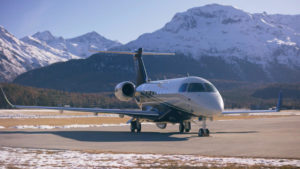 Yes definitely. I would say that you can travel and experience different cultures. That if you look at the environmental impact of other industries with the same criteria as aviation, like shipping or cryptocurrency for instance, there aren’t many that are environmentally sustainable. I would say it is better to effect change from within, rather than go against the system.
Yes definitely. I would say that you can travel and experience different cultures. That if you look at the environmental impact of other industries with the same criteria as aviation, like shipping or cryptocurrency for instance, there aren’t many that are environmentally sustainable. I would say it is better to effect change from within, rather than go against the system.
Also, aviation is great at reinventing itself. It spends an enormous amount on R&D. It is at the forefront of innovation. We are already seeing amazing progress towards a future with eVTOL aircraft.
Q: Does the industry do enough for the environment?
We need to take responsibility for our pollution. I am very passionate about this. The best we can do is fly carbon neutral, but it shouldn’t be a marketing tool. The industry needs to come to terms with itself and accept that carbon neutral is minimum requirement.
We work with 4AIR to implement our carbon neutrality plan and we buy 300% of our emissions. Carbon offsetting is not a choice for our customers and it should not be a choice for any customer.
The industry also needs to be better at reporting and need to ensure the offsetting is working and transparent. Also, the OEMs and industry must work to ensure the next generation of aircraft is carbon neutral and to widely introduce SAF to market.
Q: What’s next for Flexjet in Europe?
We will continue to integrate our brands. Helicopters are a key part of the journey and we are integrating the two helicopter charter companies we recently acquired. We are also welcoming two Gulfstream 650s to expand the fleet and develop the range.


